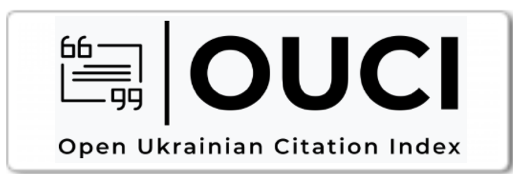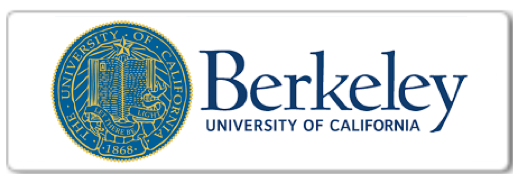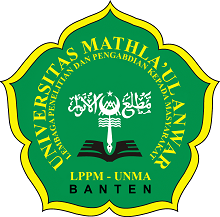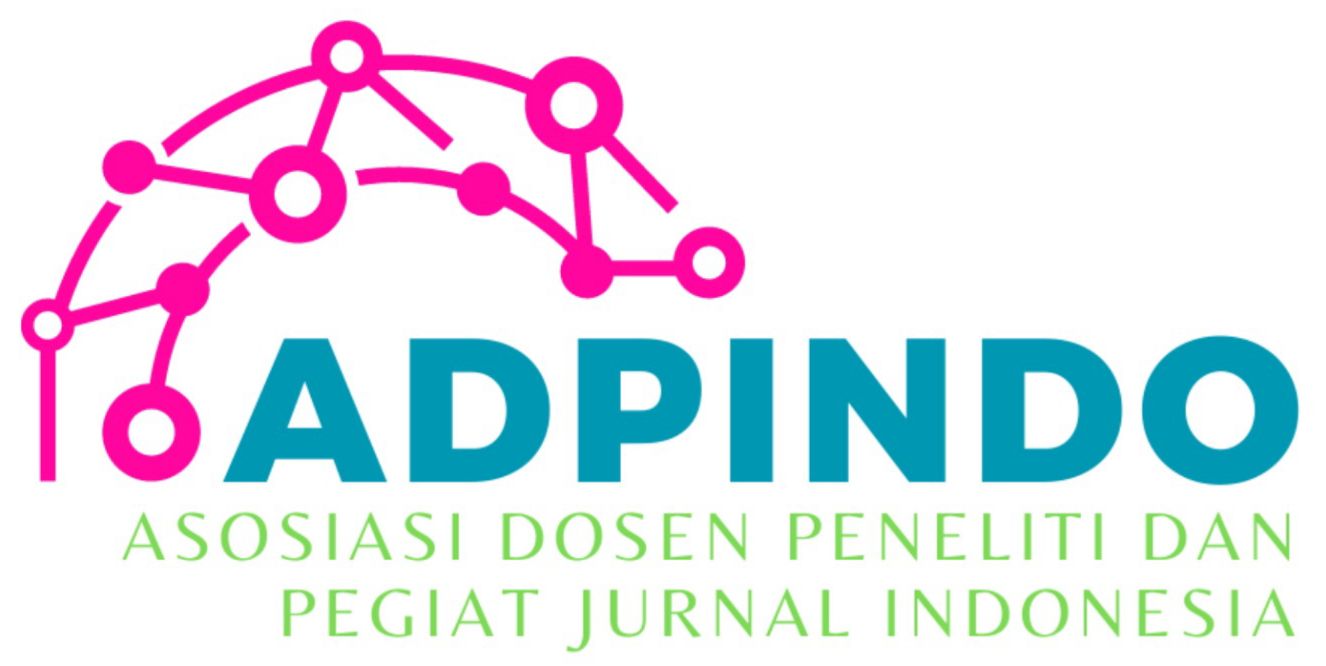THE IMPACT OF MINIMUM WAGE, GRDP, INFLATION, AND EDUCATION ON UNEMPLOYMENT RATE IN LAMPUNG PROVINCE
Main Article Content
I Dewa Gede Sukadwipa
This study investigates the impact of regional minimum wages (UMK) on the open unemployment rate (TPT) in Lampung Province from 2017 to 2023. Employing Panel EGLS (Random Effects) modeling using data from 15 regencies/cities, the study incorporates Gross Regional Domestic Product (GRDP), current inflation (INF), lagged inflation (INF-1), and average years of schooling (RLS) as control variables. The findings show that MSEs do not significantly influence TPT, while PDRB and RLS positively affect unemployment, and lagged inflation negatively affects unemployment. The results imply structural mismatches in the labor market and highlight the need for synchronized education and labor policies to enhance employment in Lampung.
Aghion, P., & Howitt, P. (1998). Endogenous growth theory. MIT Press.
Allegretto, S. A., Dube, A., Reich, M., & Zipperer, B. (2017). Credible research designs for minimum wage studies: A response to Neumark, Salas, and Wascher. ILR Review, 70(3), 559–592. https://doi.org/10.1177/0019793917697758
Ball, L., & Mankiw, N. G. (2002). The NAIRU in theory and practice. Journal of Economic Perspectives, 16(4), 115–136. https://doi.org/10.1257/089533002760278712
Becker, G. S. (1964). Human capital: A theoretical and empirical analysis, with special reference to education. University of Chicago Press.
Belman, D., & Wolfson, P. J. (2014). What does the minimum wage do? W.E. Upjohn Institute. https://doi.org/10.17848/9780880994560
Berument, H., Dogan, N., & Tansel, A. (2014). Economic performance and unemployment: Evidence from Turkey. Economic Modelling, 42, 373–383. https://doi.org/10.1016/j.econmod.2014.06.010
Blanchard, O., & Katz, L. F. (1997). What we know and do not know about the natural rate of unemployment. Journal of Economic Perspectives, 11(1), 51–72. https://doi.org/10.1257/jep.11.1.51
Card, D., & Krueger, A. B. (1994). Minimum wages and employment: A case study of the fast-food industry in New Jersey and Pennsylvania. American Economic Review, 84(4), 772–793.
Clemens, J., & Wither, M. (2014). The minimum wage and the Great Recession: Evidence of effects on the employment and income trajectories of low-skilled workers. https://doi.org/10.3386/w20724
Di Pietro, G., & Urwin, P. (2006). Education and skills mismatch in the Italian graduate labour market. Applied Economics, 38(1), 79–93. https://doi.org/10.1080/00036840500367951
Dube, A., Lester, T. W., & Reich, M. (2010). Minimum wage effects across state borders: Estimates using contiguous counties. The Review of Economics and Statistics, 92(4), 945–964. https://doi.org/10.1162/REST_a_00039
Friedman, M. (1977). Nobel lecture: Inflation and unemployment. Journal of Political Economy, 85(3), 451–472. https://doi.org/10.1086/260579
Gali, J. (2011). Monetary policy and unemployment. NBER Macroeconomics Annual, 26(1), 329–360. https://doi.org/10.1086/664923
Gordon, R. J., & Dew-Becker, I. (2008). Controversies about the rise of American inequality: A survey (NBER Working Paper No. 13982). https://doi.org/10.3386/w13982
Green, F., & Zhu, Y. (2010). Overqualification, job dissatisfaction, and increasing dispersion in the returns to graduate education. Oxford Economic Papers, 62(4), 740–763. https://doi.org/10.1093/oep/gpp014
Gujarati, D. N., & Porter, D. C. (2009). Basic econometrics (5th ed.). McGraw-Hill/Irwin.
Hanushek, E. A., & Woessmann, L. (2008). The role of cognitive skills in economic development. Journal of Economic Literature, 46(3), 607–668. https://doi.org/10.1257/jel.46.3.607
Heckman, J. J., Lochner, L. J., & Todd, P. E. (2006). Earnings functions, rates of return and treatment effects: The Mincer equation and beyond. In E. A. Hanushek & F. Welch (Eds.), Handbook of the Economics of Education (Vol. 1, pp. 307–458). Elsevier. https://doi.org/10.1016/S1574-0692(06)01007-5
Islam, I., & Nazara, S. (2000). Towards a job-rich growth strategy for Indonesia. ILO.
Lemos, S. (2009). Minimum wage effects in a developing country. Labour Economics, 16(2), 224–237. https://doi.org/10.1016/j.labeco.2008.09.002
Lucas, R. E. (1976). Econometric policy evaluation: A critique. In K. Brunner & A. H. Meltzer (Eds.), The Phillips Curve and Labor Markets (pp. 19–46). https://doi.org/10.3386/w0133
Mankiw, N. G. (2015). Macroeconomics (9th ed.). Worth Publishers.
McGuinness, S. (2006). Overeducation in the labour market. Journal of Economic Surveys, 20(3), 387–418. https://doi.org/10.1111/j.0950-0804.2006.00284.x
Neumark, D., & Wascher, W. (2008). Minimum wages. MIT Press.
Okun, A. M. (1962). Potential GNP: Its measurement and significance. Proceedings of the Business and Economic Statistics Section of the American Statistical Association, 98–103.
Phillips, A. W. (1958). The relationship between unemployment and the rate of change of money wage rates in the United Kingdom, 1861–1957. Economica, 25(100), 283–299. https://doi.org/10.2307/2550759
Psacharopoulos, G. (1994). Returns to investment in education: A global update. World Development, 22(9), 1325–1343. https://doi.org/10.1016/0305-750X(94)90007-8
Samuelson, P. A., & Solow, R. M. (1960). Analytical aspects of anti-inflation policy. American Economic Review, 50(2), 177–194.
Sargent, T. J. (1973). Rational expectations, the real rate of interest, and the natural rate of unemployment. Brookings Papers on Economic Activity, 1973(2), 429–480. https://doi.org/10.2307/2534094
Stigler, G. J. (1946). The economics of minimum wage legislation. American Economic Review, 36(3), 358–365.






































